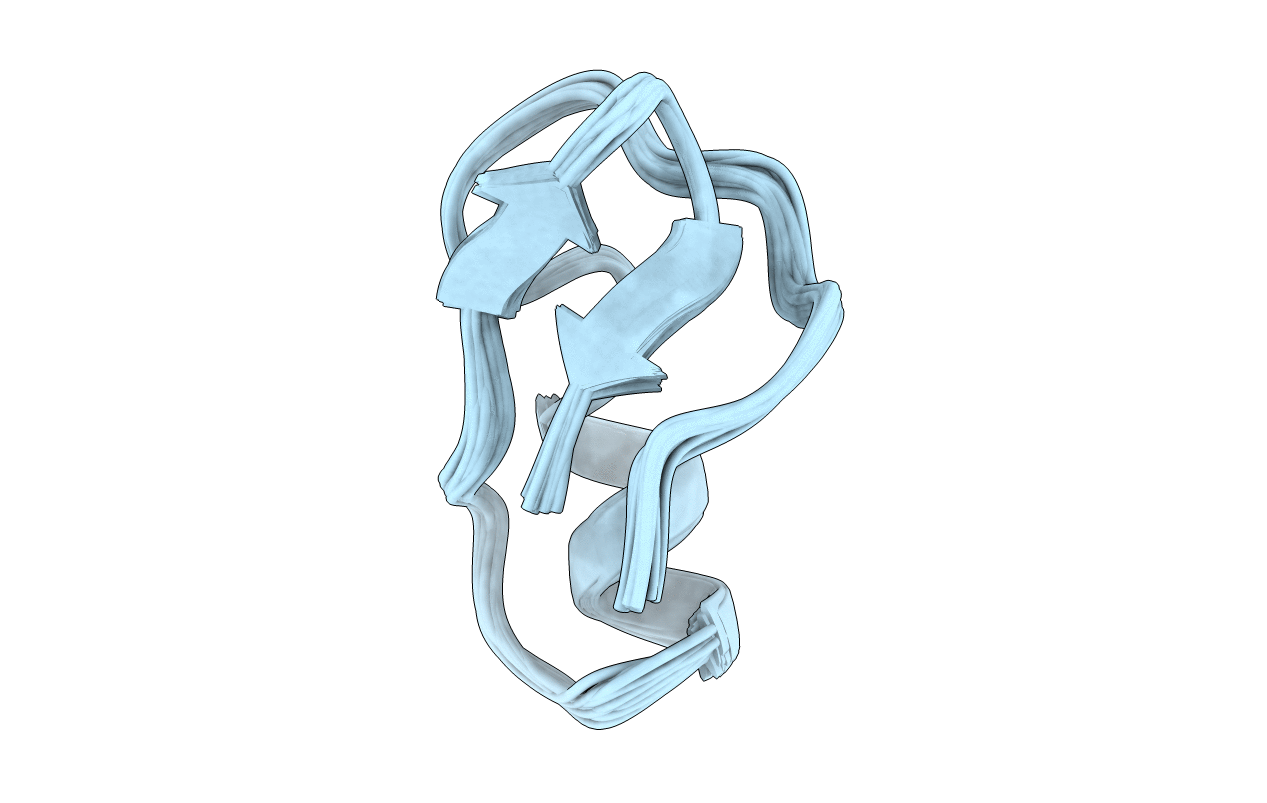
Deposition Date
1997-02-05
Release Date
1997-08-12
Last Version Date
2024-10-30
Entry Detail
PDB ID:
1TSK
Keywords:
Title:
SCORPION TOXIN (TS KAPPA) FROM TITYUS SERRULATUS ACTIVE ON SMALL CONDUCTANCE POTASSIUM CHANNEL, NMR, 30 STRUCTURES
Biological Source:
Source Organism:
Tityus serrulatus (Taxon ID: 6887)
Method Details:
Experimental Method:
Conformers Calculated:
30
Conformers Submitted:
30
Selection Criteria:
OVERALL ENERGY


